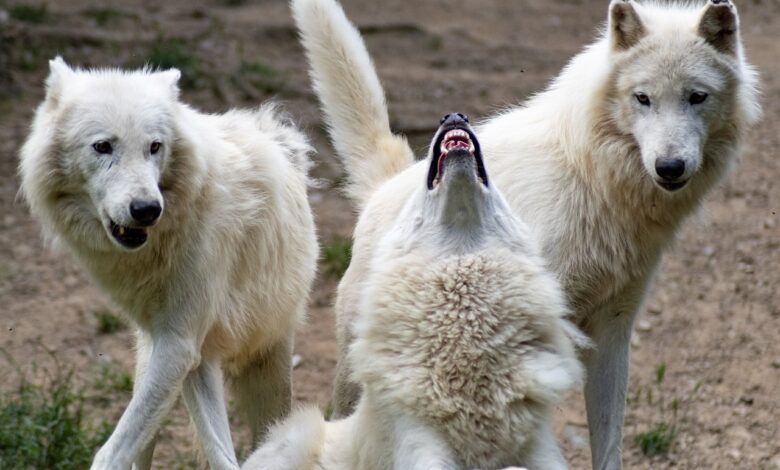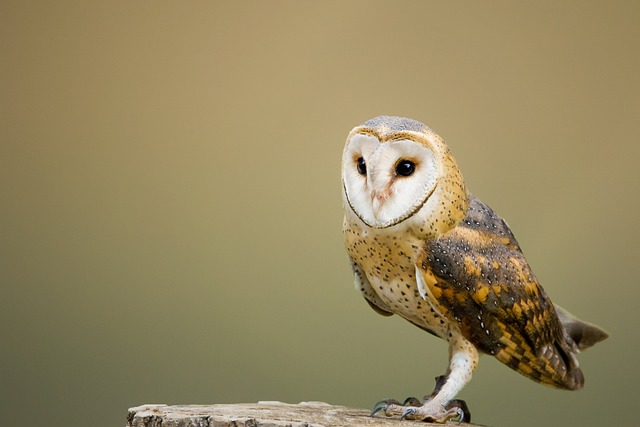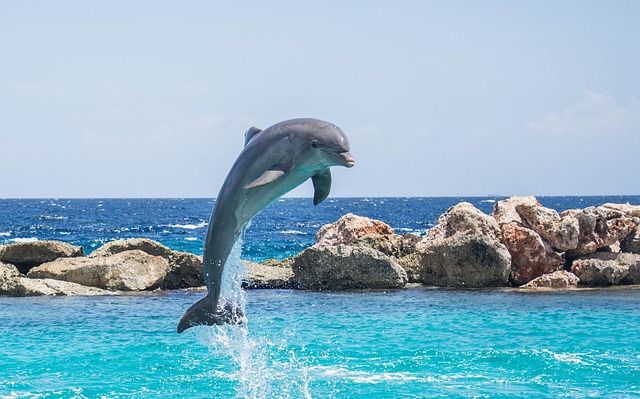Vertebrates: Definition, Characteristics, Classification, Examples, and More

Have you ever wondered about the incredible diversity of animals that inhabit our planet? From tiny insects to majestic elephants, the animal kingdom is vast and fascinating. Among the countless creatures that populate Earth, vertebrates stand out as a remarkable group.
Table of Contents
Definition
Vertebrates are a group of animals characterized by the presence of a backbone or vertebral column. This structural feature provides support, protection, and flexibility to the body. It serves as an anchor for muscles and allows efficient movement. The backbone is composed of a series of individual bones called vertebrae, which are stacked on top of each other.
Characteristics of Vertebrates
• Backbone and Vertebral Column
The backbone, or spinal column, is a defining characteristic of vertebrates. It consists of multiple vertebrae that protect the spinal cord and provide support for the body. The vertebral column allows vertebrates to have a wide range of body shapes and sizes, enabling them to adapt to various environments.
• Internal Skeleton
In addition to the vertebral column, vertebrates possess an internal skeleton made up of bones and cartilage. This internal framework provides structural support and protects vital organs such as the brain, heart, and lungs. The skeleton also serves as an anchor for muscles, facilitating movement and locomotion.
• Highly Developed Nervous System
Vertebrates exhibit a highly developed nervous system, with a complex network of nerves and a centralized control center—the brain. This advanced nervous system enables vertebrates to perceive their environment, process information, and exhibit complex behaviors. It is responsible for their ability to learn, adapt, and interact with the world around them.
• Complex Circulatory System
Another key characteristic of vertebrates is their complex circulatory system. They have a closed circulatory system, meaning that blood is contained within vessels and pumped by a heart. This efficient system transports oxygen, nutrients, and hormones to different parts of the body and removes waste products. The circulatory system plays a crucial role in maintaining homeostasis and supporting the overall functioning of the organism.
• Well-Developed Respiratory System
Vertebrates possess well-developed respiratory systems that allow them to obtain oxygen from the air or water. Different groups of vertebrates have adapted various respiratory organs, such as gills, lungs, or a combination of both, to suit their respective environments. This enables them to extract oxygen necessary for cellular respiration and remove carbon dioxide, a waste product of metabolism.
• Adaptability and Versatility
One of the remarkable aspects of vertebrates is their adaptability and versatility. They have successfully colonized diverse habitats, ranging from the depths of the oceans to the highest mountains. Vertebrates exhibit a wide range of physiological, anatomical, and behavioral adaptations that enable them to thrive in various ecosystems. This adaptability has contributed to their evolutionary success and dominance on Earth.
Classification
Vertebrates are classified into five main groups based on shared characteristics and evolutionary relationships. These groups are:
• Fish
Fish are aquatic vertebrates that breathe through gills and typically have scales covering their bodies. They encompass a vast array of species, from tiny tropical fish to massive sharks. Fish are cold-blooded animals, meaning their body temperature is influenced by their surroundings.
• Amphibians
Amphibians are vertebrates that inhabit both land and water. They typically undergo metamorphosis, starting their lives in aquatic environments (as eggs and larvae) and transitioning to terrestrial life as adults. Amphibians include frogs, toads, salamanders, and newts.
• Reptiles
Reptiles are ectothermic vertebrates that are covered in scales or bony plates. They lay amniotic eggs, allowing them to reproduce on land. Reptiles include turtles, snakes, lizards, crocodiles, and alligators.
• Birds
Birds are warm-blooded vertebrates characterized by feathers, beaks, and the ability to lay hard-shelled eggs. They are adapted for flight and exhibit a diverse range of sizes, shapes, and behaviors. Birds are descendants of a group of dinosaurs known as theropods.
• Mammals
Mammals are warm-blooded vertebrates that nourish their young with milk produced by specialized glands. They have hair or fur covering their bodies and are often highly intelligent. Mammals encompass a wide variety of animals, including humans, dogs, cats, whales, and bats.
Examples
Let’s explore some examples of vertebrates from each group:
• Fish
Salmon: These migratory fish are known for their incredible journey from freshwater to the ocean and back to their spawning grounds.
Clownfish: Made famous in the movie “Finding Nemo,” clownfish are small, brightly colored fish that live in symbiosis with sea anemones.
Great white shark: As the largest predatory fish, great white sharks command attention with their powerful presence.
• Amphibians
Red-eyed tree frog: With its vibrant colors and striking eyes, the red-eyed tree frog is a charismatic amphibian found in Central and South America.
American bullfrog: Known for their deep croaks, American bullfrogs are among the largest frog species in North America.
Salamanders: These slender-bodied amphibians can be found in a variety of habitats, ranging from forests to deserts.
• Reptiles
Green sea turtle: These graceful reptiles undertake long migrations and are an iconic symbol of marine conservation efforts.
Komodo dragon: As the world’s largest lizard, Komodo dragons possess a venomous bite and are formidable predators.
Chameleon: Known for their ability to change color, chameleons have fascinating adaptations that aid in camouflage and communication.
• Birds
Bald eagle: A majestic bird of prey, the bald eagle is a symbol of strength and freedom in many cultures.
Hummingbird: With their incredible flying abilities and vibrant plumage, hummingbirds are a delightful sight to behold.
Penguin: These flightless birds have evolved for life in the cold, harsh environments of the Southern Hemisphere.
• Mammals
Dolphins: Known for their intelligence and playful nature, dolphins are highly social marine mammals.
Tiger: As the largest cat species, tigers are renowned for their beauty, strength, and agility.
Elephant: These gentle giants are the largest land animals, displaying remarkable intelligence and complex social behaviors.
Conclusion
Vertebrates represent a diverse and fascinating group of animals that have conquered nearly every corner of the Earth. From fish that navigate the depths of the oceans to birds soaring through the skies, vertebrates exhibit incredible adaptability and resilience. Their backbone, internal skeleton, and developed nervous and circulatory systems, along with their adaptability, enable them to thrive in a wide range of environments. By understanding the characteristics and classification of vertebrates, we gain insight into the incredible diversity of life on our planet.
FAQs
• What are some unique characteristics of vertebrates?
Vertebrates possess a backbone or vertebral column, an internal skeleton, a highly developed nervous system, a complex circulatory system, a well-developed respiratory system, and demonstrate adaptability and versatility.
• How many species of vertebrates are there?
Currently, scientists have identified and described approximately 70,000 species of vertebrates. However, new species are still being discovered, and the total number may increase in the future.
• Can vertebrates live in different environments?
Yes, they have successfully adapted to various environments, including oceans, rivers, forests, deserts, and even urban areas. Their adaptability allows them to thrive in diverse habitats.
• What is the largest vertebrate species?
The blue whale (Balaenoptera musculus) holds the title of being the largest vertebrate species. These magnificent marine mammals can reach lengths of up to 100 feet and weigh around 200 tons.






